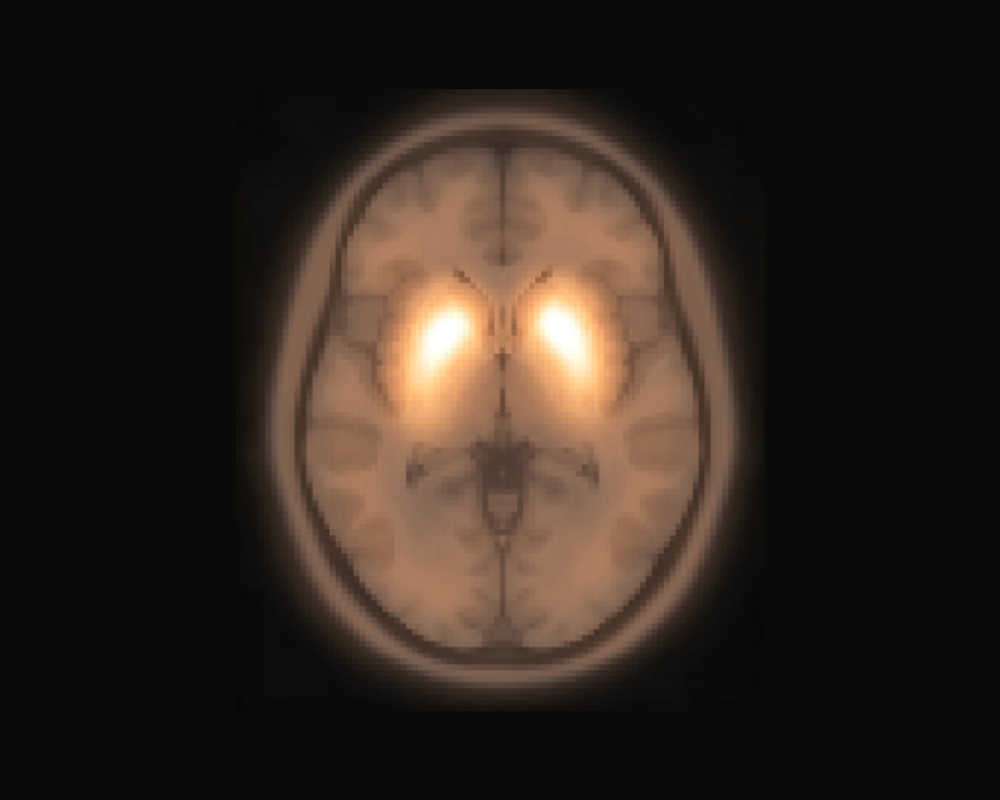Parkinson’s Disease

Machine Learning Techniques applied to the Neuroscience of Parkinson’s Disease
The prediction of neuroimaging in relation to neurological diseases, such as Parkinsonian Syndromes, has been endorsed by a large number of studies. The diagnosis of Parkinson disease is usually established clinically by means of the UK Parkinson’s Disease Society Brain Bank Diagnostic Criteria, that mainly consist in the positive response to a dopaminergic medication as the gold standard However, given that PD share some relevant features with other neurological disorders, and even PD can be considered as a cluster of different pathological entities, there is a strong evidence that these clinical diagnostics could be erroneous in the early, and even late, stages of the disease. In this sense, when the diagnosis is not clear, PET and SPECT based neuroimaging provides a vast amount of relevant information in order to clarify the patient status. In particular, from the perspective of data analysis, we highlight the following outstanding results:
1. Classification methods (see for example the paper at https://www.worldscientific.com/doi/abs/10.1142/S0129065718500351 ) using several image modalities, i.e. FDG PET, DaTSCAN, DMFP-PET etc. and based on deep learning architectures with an Autoencorder configuration. For example, four different Convolutional Neural Networks models based on well-established architectures, using or not different spatial and intensity normalization preprocessings. The outstanding results show that a sufficiently complex model such as our three-dimensional version of the ALEXNET can effectively account for spatial differences, achieving a high diagnosis accuracy.
2. Functional imaging preprocessing Systems based on affine transformation of posterized functional images, such as FP-CIT SPECT images (please see the paper at https://link.springer.com/article/10.1007%2Fs12021-015-9262-9 ) and other standard techniques using reference regions and standard uptake value ratios (SUVr) (see the paper at https://www.frontiersin.org/articles/10.3389/fninf.2017.00023/full) using novel radiopharmaceuticals such as the DMFP-PET radioligand, that allow building templates that bring about a complete set of outstanding results to the scientific and medical community.
Finally, all these machine learning based techniques have the potential to yield the in-vivo assessment of brain functional/structural parameters in several neurodegenerative diseases, such as Parkinsonian Syndromes. Relevant links that highlight the outstanding results in terms of software deliverables can be found in:
https://sipba.ugr.es/research/petra/https://github.com/SiPBA/brainSimulator
Period
May 2007 – Present
Researchers
Juan Manuel Górriz Sáez, Javier Ramírez Pérez de Inestrosa, Fermín Segovia Román, Francisco J. Martínez Murcia, D. Salas González
Colaboradores: Dr. Johannes Levin, LMU Munich (GER), The Parkinson Disease Markers Initiative (PPMI)





